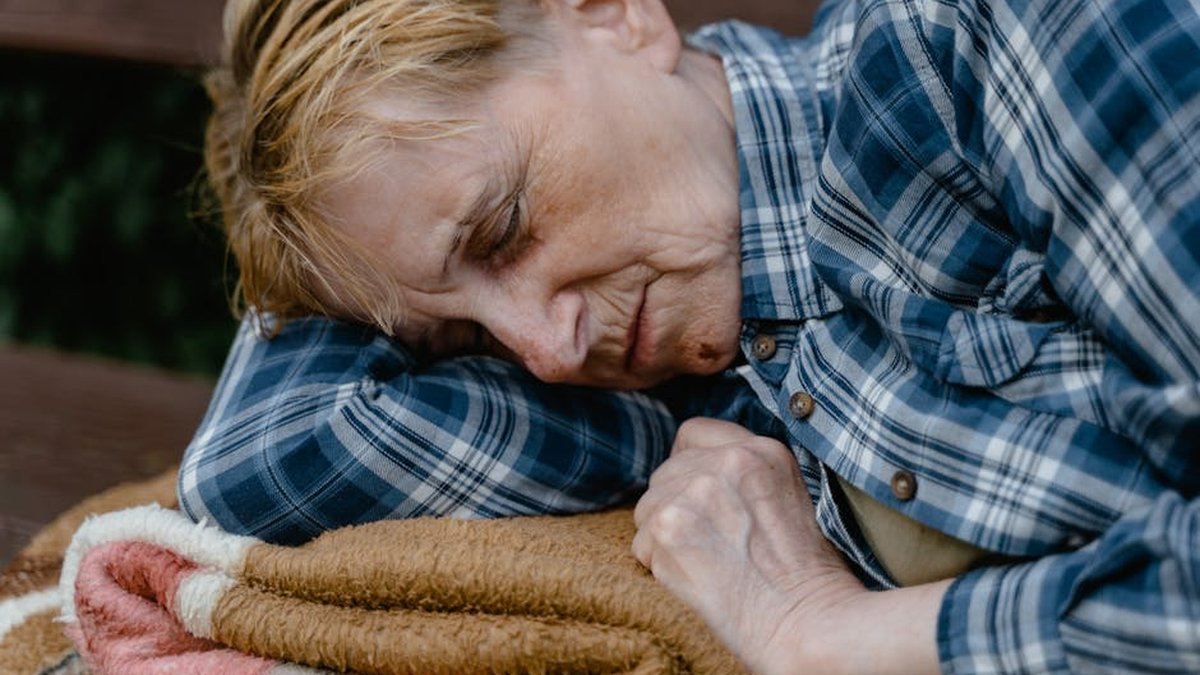Have you ever woken up and felt like your face looked… different? Maybe a little puffier on one side, or perhaps you noticed a new line etched near your mouth? It’s a common experience, and while there are many factors that influence our facial appearance, one often-overlooked culprit might be your sleeping position. We spend roughly a third of our lives asleep, so it’s no surprise that this nightly ritual can leave its mark. Let’s delve into the fascinating, and sometimes unsettling, world of sleep posture and its potential impact on your face.
The Science Behind Sleep Wrinkles and Facial Asymmetry
The idea that consistently sleeping on one side could affect your face shape isn’t just an old wives’ tale. There’s actually some science to back it up. Sleeping in the same position night after night can lead to what are known as sleep wrinkles. These wrinkles, unlike expression lines that form from muscle movement, are caused by the compression and creasing of your skin against your pillow.
How Sleep Wrinkles Form
Imagine folding a piece of paper repeatedly in the same spot. Eventually, a permanent crease will form. The same principle applies to your skin. Over time, the repeated pressure on one side of your face can break down collagen and elastin, the proteins that give your skin its elasticity and firmness. This breakdown results in wrinkles that become more pronounced as you age.
The Potential for Facial Asymmetry
While subtle, consistent pressure on one side of the face can, in theory, contribute to minor facial asymmetry. Think of it like this: if you consistently favor one side, the muscles on that side might become slightly more developed, while the other side might weaken slightly. This is a gradual process, and the effects are usually very subtle, but they can contribute to a perceived difference in facial appearance. It’s important to remember that everyone’s face is naturally asymmetrical to some degree. The question is whether your sleeping habits exacerbate this natural asymmetry.
Common Signs and Symptoms
So, how can you tell if your preferred sleeping position is affecting your face? Here are a few signs to watch out for:
Also Read: Morning Face Routine That Actually Improves Skin Glow
- More prominent wrinkles on one side of your face: Pay close attention to the areas around your eyes, mouth, and forehead.
- A slightly droopier appearance on one side of your face: This could be due to the weakening of muscles on the less-favored side.
- Puffiness or swelling that is more pronounced on one side: Fluid can accumulate in the tissues that are compressed during sleep.
- Jaw pain or TMJ issues on one side: While not directly related to face shape, consistent pressure on the jaw can exacerbate existing TMJ problems.
Practical Tips for Minimizing the Effects
The good news is that you don’t have to resign yourself to a lifetime of asymmetrical sleep wrinkles! Here are some practical tips to minimize the impact of your sleeping position on your face:
Train Yourself to Sleep on Your Back
This is the ideal solution, as it eliminates pressure on any one side of your face. However, it can be challenging to change your established sleep habits. Try using pillows to prop yourself up or surround you, preventing you from rolling onto your side. Persistence is key!
Invest in a Silk Pillowcase
Silk pillowcases are smoother than cotton, reducing friction and minimizing the creasing of your skin. This is a relatively easy and effective way to reduce sleep wrinkles.
Use Night Creams and Serums
Hydrating and collagen-boosting skincare products can help to plump up your skin and reduce the appearance of wrinkles. Look for ingredients like retinol, hyaluronic acid, and peptides.
Consider Dermal Fillers or Botox
For more pronounced wrinkles or asymmetry, you might consider consulting a dermatologist or cosmetic surgeon about dermal fillers or Botox. These treatments can help to restore volume and smooth out wrinkles.
Be Mindful of Your Posture During the Day
While this article focuses on sleep, remember that your posture during the day also matters. Avoid resting your face on your hand for extended periods, as this can also contribute to wrinkles and asymmetry.
When to Seek Professional Advice
If you’re concerned about significant facial asymmetry or have other underlying skin conditions, it’s always best to consult with a dermatologist or other healthcare professional. They can assess your individual situation and recommend the best course of treatment.
Ultimately, understanding how your sleep habits might be affecting your face is about empowering yourself to make informed choices. Small changes, like adjusting your sleeping position or investing in a silk pillowcase, can make a big difference in the long run. Remember, beauty is about more than just symmetry; it’s about embracing your unique features and taking care of yourself from the inside out. So, sleep well, be kind to your skin, and wake up feeling confident and radiant, no matter which side you slept on! Prioritizing healthy sleep and mindful skincare practices is the best approach.






3 thoughts on “Can Sleeping on One Side Affect Your Face Shape? Unveiling the Truth”
Comments are closed.